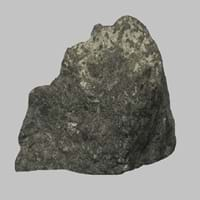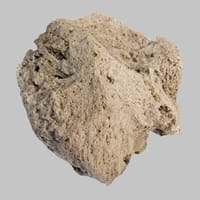Formation
Phonolite are formed due to alkaline igneous activities and are generally formed in thick continental crustal areas or in Cordilleran subduction zones.
Pumice rock forms when the magma cools so quickly that atoms in the melt are not able to arrange themselves into a crystalline structure.
Mineral Content
Albite, Amphibole, Biotite, Cancrinite, Feldspar, Hornblende, Plagioclase, Pyroxene, Sodalite
Aluminum Oxides, Calcite, Carbonate, Iron Oxides, Silica
Compound Content
Aluminium Oxide, CaO, Iron(III) Oxide, FeO, Potassium Oxide, MgO, MnO, Sodium Oxide, Phosphorus Pentoxide, Silicon Dioxide, Titanium Dioxide
Al, Aluminium Oxide, CaO, Carbon Dioxide, MgO, Silicon Dioxide
Types of Metamorphism
Contact Metamorphism
Burial Metamorphism, Impact Metamorphism
Types of Weathering
Chemical Weathering, Mechanical Weathering
Biological Weathering, Chemical Weathering, Mechanical Weathering
Types of Erosion
Chemical Erosion, Coastal Erosion, Water Erosion, Wind Erosion
Chemical Erosion, Coastal Erosion, Glacier Erosion, Sea Erosion, Water Erosion, Wind Erosion
Phonolite and Pumice Formation
Formation of rocks is a long process and hence, Phonolite and Pumice formation sounds very interesting. According to the formation, all rocks are divided into :Igneous Rocks, Fossil Rocks and Metamorphic Rocks. Igneous rocks form by crystallization of magma or lava. The magma is made up of various components of pre-existing rocks which have been subjected to melting either at subduction zones or within the Earth's mantle. Igneous rocks are generally seen at mid ocean ridges or in intra-plate hotspots. Sedimentary rocks are formed when sediments accumulate gradually. As the sediments are buried they get compacted as more and more material is deposited on top. Eventually the sediments become so dense that they form a rock. Metamorphic rocks are rocks which once existed as igneous or sedimentary rocks but have been subjected to varying degrees of pressure and heat within the Earth's crust. Get to know all about formation of Phonolite and Pumice, composition of Phonolite and Pumice and their transformation.









